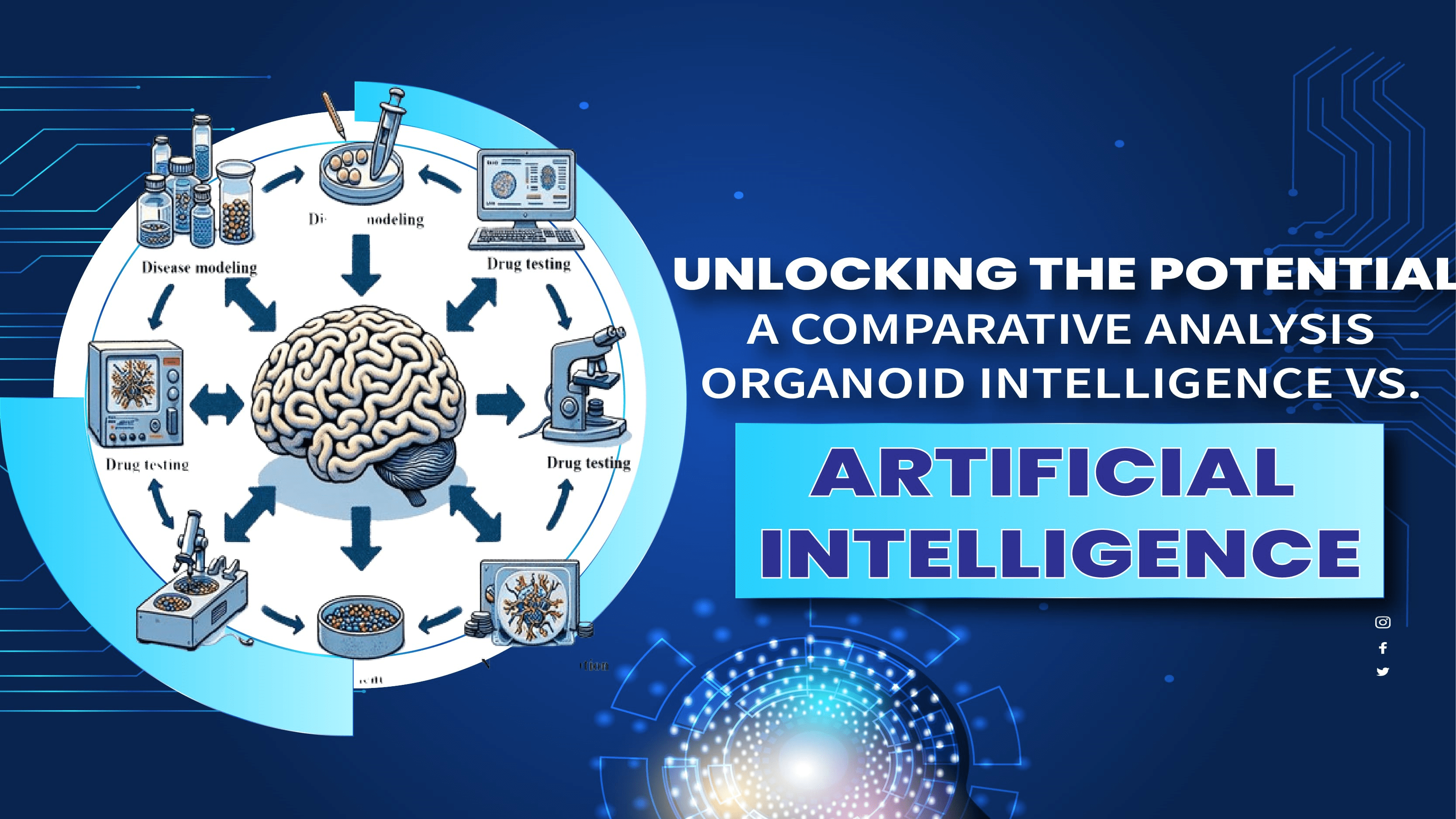The marginal tax relief in the new tax regime helps those whose income marginally exceeds Rs.7 Lakhs pay much less in tax.
The Union Budget for FY 2023-2024 introduced marginal tax relief in the new tax regime. This is a welcoming initiative for individuals whose income just marginally go beyond the Rs. 7,00,000 tax-free threshold.
HOW MARGINAL RELIEF WORKS?
Let’s do a few calculations to understand how marginal tax relief affects tax liabilities. Imagine an individual with total income of 7.60 lakh. After deducting the standard deduction of Rs 50,000, the taxable income comes to 7.10 Lakh.
As per the existing income tax slab under new tax regime , there is no tax liability for income up to Rs 3 Lakhs. For income between Rs 3 lakh to Rs 6 lakh, the tax rate is 5%, resulting in a tax amount of Rs.15,000 (5% of Rs 3 lakh).
Further, income between Rs.6 Lakh and Rs.9 Lakh is taxable at 10% which is equal to tax of Rs.11,000 (10% of 1.10 lakh). Therefore, the total tax liability excluding cess comes to Rs.26000 (15000+11000).
So, the taxpayer pays Rs.26,000 in tax just for earning Rs. 10,000 extra. It’s obvious that a marginal rise in income results in a much bigger tax outgo. And this is the point at which the marginal tax relief becomes relevant. The marginal relief concept will limit the tax amount to the amount of marginal increase in income if the tax amount is higher as compared to increase in income. Hence leaving the taxpayer to pay tax only to the amount of increase in income.
In above example increase in income is 10,000 whereas due the increased income the tax amount is 26,000. So, the taxpayer will get marginal relief of 16,000 (Tax amount – Increased Income i.e., 26,000 – 10,000) leaving the taxpayer to pay the amount he earned above Rs. 7 Lakh i.e., only Rs. 10,000.
The breakeven point which comes at income of Rs. 7,77,778 is now the point at which the real tax liability equals the slab-based tax liability (without standard deduction) as beyond this point the taxpayer has to pay the tax as the actual tax liability surpasses the slab-based tax liability.
The table below shows the actual tax liability for various income levels.
|
Annual
Income |
Taxable Income
post Standard Deduction |
Tax Liability
as per slabs |
Actual
Tax Liability |
Marginal
relief |
|
7,55,000 |
7,05,000 |
25,500 |
5000 |
20,500 |
|
7,60,000 |
7,10,000 |
26,000 |
10,000 |
16,000 |
|
7,65,000 |
7,15,000 |
26,500 |
15,000 |
11,500 |
|
7,70,000 |
7,20,000 |
27,000 |
20,000 |
7,000 |
|
7,75,000 |
7,25,000 |
27,500 |
25,000 |
2,500 |
|
7,77,778 |
7,27,778 |
27,778 |
27,778 |
0 |
KEY POINTS TO REMEMBER WHILE CLAIMING MARGINAL RELIEF
-
Marginal relief is available for taxpayers with the new FY 2023-2024 tax regime.
-
Income marginally above Rs.7,00,000 is eligible for marginal relief under the new amendment u/s 87A.
-
You still have to pay the tax, but it will be significantly lower with the rebate.
- Marginal Relief is applicable under certain conditions.
SECTION 87A: WHO IS ELIGIBLE FOR INCOME TAX REBATE CLAIMS?
- Only resident individuals are eligible to get rebate.
- Other taxpayers like Hindu Undivided Family (HUF), Non-resident Individuals (NRI) and Companies cannot claim rebate.
- Super senior citizens who are over 80 years of age are also not eligible to claim rebate.
INCOME NOT ELIGIBLE FOR INCOME TAX REBATE UNDER NEW TAX REGIME
The threshold limit for rebates and rebate amounts has increased under the new tax regime. However, several other factors, other than your total taxable income, can determine whether or not, you are eligible for a rebate. Under new tax regime, certain exemptions and standard deductions under section 80C are not allowed. Accordingly, if new tax regime is followed, a taxpayer cannot reduce their taxable income with exemptions and deductions available under old tax regime.
Another thing to remember is that to gain eligibility for rebate under new tax regime, a taxpayer cannot have income generated from equity shares and equity oriented mutual funds. That is tax on long term capital gain on equity shares and units of equity oriented mutual funds( Section 112A) cannot be offset by the rebate under Section 87A.
LTCG FROM EQUITY ORIENTED MUTUAL FUNDS AND EQUITY SHARES
When the total taxable income comprises of Long term capital gain from sale of listed equity shares or units of equity oriented mutual funds, taxpayer cannot claim rebate under section 87A for the income from LTCG. Such LTCG income is taxed at 10% if it is more than Rs.1,00,000 in a financial year. However, if income is below Rs.1,00,000, it will be exempt from tax. However, claiming rebate under section 87A under new tax regime is allowed if the total taxable income have Long Term Capital Gain from sale of other assets like real estate, capital assets. Also, Short Term capital Gain from sale of listed equity shares or equity oriented schemes of mutual funds under Section 111A of the Act, on which tax is payable at a flat rate of 15% , will not limit the rebate a taxpayer can claim. That is to say, that rebate can be claimed against Short term capital gain on which tax is payable at falt rate of 15%.
Consider this example:
Mr. A has taxable income of Rs.3,30,000 less than the Rs. 7,00,000 limit. The LTCG of Rs.1,10,000 from sale equity shares is also included in this income. Here, the total tax payable is Rs.4,000 less the rebate amount of Rs.25,000 as per the new tax regime. However, Mr.A cannot claim the rebate and pay zero tax. He must pay 10% of the LTCG of Rs. 10,000 (1,10,000-1,00,000) along with a cess of 4% amounting to total tax Rs. 1040. Therefore, his net tax amount is not zero, it is Rs. 1040.
SPECIAL INCOMES
Certain special incomes such as income from gambling winnings, online gaming wins, virtual digital assets (VDA), betting wins, or game show wins are not eligible for tax rebates under section 87A under the new tax regime. These incomes are taxed at a flat rate of 30% along with an additional surcharge and cess.
CONCLUSION
Rebate under section 87A under the new tax regime is available to provide relief for individual resident taxpayers. The new tax regime has increased Taxable Income limit to Rs.7,00,000 and offers a rebate of Rs.25,000. This relief will reduce the tax burden of low-income taxpayers. Essentially it will bring down the tax to zero for anyone with income upto Rs.7,00,000 and lower tax amount in case of income slightly increases above Rs. 7,00,000. For expert guidance on navigating these changes, consult the Best Business Coach in India, who can help you maximize your tax benefits and achieve financial success. This attractive scheme is offered to promote the adoption of new tax regime by the taxpayers, which will be default tax regime from Assessment Year 2024-2025. The rebate will be automatically applied while filing income tax returns.























